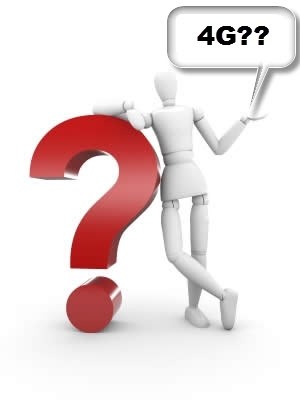US Senators are mulling over a bill that aims to cut through the grand marketing façade that is 4G. Filed yesterday, the legislation would force wireless carriers to clarify the specifications of their purported "4G" services. Although major US telecoms advertise 4G networks that offer upgraded speeds over 3G, none of them actually meet the ITU's original guidelines.
True 4G is supposed to offer 100Mb/s mobile and 1Gb/s stationary data rates, versus 3G's approximate 600Kb/s to 1.4Mb/s downstream. Current 4G implementations such as LTE, HSPA+ and WiMAX only offer 2Mb/s to 12Mb/s depending on the network. In other words, today's 4G is more like 3G+. We published a guide on 4G last April that remains relevant.
If the bill becomes law, carriers would have to break down precisely what their 4G network offers so consumers can easily compare services. It would require them to provide a guaranteed minimum data speed, network reliability, coverage area maps, pricing, the technology behind their 4G service and network conditions that can affect the speed of applications.
The legislation would also require the Federal Communications Commission (FCC) to monitor the speed of 4G services provided by the top 10 US wireless companies. "As it stands there is no standard definition for 4G wireless broadband internet, allowing the four major wireless companies in the United States to advertise several different technologies as '4G,' despite vastly different speeds based on their wireless provider and location," said MN Senator Al Franken.
It remains to be seen how far the bill will go, but you can bet telecom lobbyists will resist it every step of the way. "This bill proposes to add an additional layer of regulation to a new and exciting set of services, while ignoring the fact that wireless is an inherently complex and dynamic environment in which network speeds can vary depending on a wide variety of factors, such as weather, terrain and foliage," said Jot Carpenter of CTIA-The Wireless Association.
